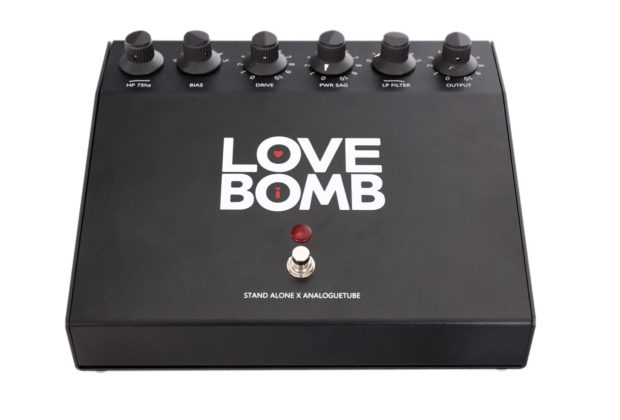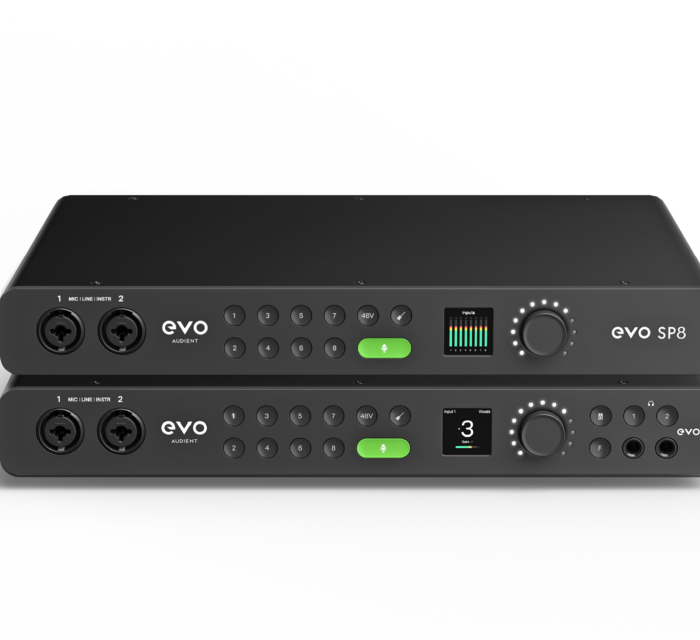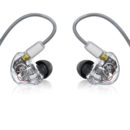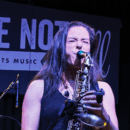Designed out of a collaboration between music producer and professional guitar player Gareth Johnson of Stand Alone Productions and Simon Saywood of Analoguetube, the Love Bomb is an all-analog distortion / preamp pedal like none I’ve ever heard. To get this point out of the way, the Love Bomb costs $850.00 and is limited to a run of just 400 units worldwide. That easily makes the Love Bomb one of the most expensive and limited production guitar pedals ever made. (Yes, I know there are original Klon Centaur pedals out there selling for thousands of dollars, most of those pedals were originally purchased for a few hundred bucks.)
So, that said, and with literally hundreds of overdrive and distortion pedals currently on the market, what makes the Love Bomb so special? The short answer is the Love Bomb sounds phenomenal. As a guitar player who has a serious obsession with chasing tone, I can honestly say the Love Bomb is the most natural and “amp like” front end to a Tube Amp or recording interface I’ve ever heard. I don’t usually like speaking in absolutes but in this case, I’ll say it again: the Love Bomb is the best sounding distortion overdrive pedal I’ve ever heard in my fifty plus years as a guitar player.
I tested the Love Bomb running straight into my Badcat 30R combo amp and in my studio running into the effects loop of a REVV 20 twenty-watt amp head, then running into a Rivera Rockcrusher load box attenuator and then into a Universal Audio Apollo Twin Interface. Magic! Think of your favorite vintage Marshall Plexi tones on your favorite records over the decades and the Love Bomb nails it. A few examples of my favorite guitar tones that come to mind would be Black Sabbath’s Paranoid, AC/DC’s Jailbreak and Ronnie Montrose on the intro to “Bad Motor Scooter.” Side by side, what I heard coming out of my studio monitors was damn close.
The Love Bomb is a completely original design. It was not built to any agenda except to bring to life a unique musical vision. It is built from the very best components available, and hand built one at a time by an engineer designer who builds and sells $15,000 Fairchild Compressor replicas to some of the world’s best recording studios. The final cost of the Love Bomb as a design parameter was not a consideration.
The Love Bomb is solidly built into a steel housing and is designed to be road worthy as well as stand up to day to day knocks in the recording studio. The Love Bomb comes delivered in its own pelican case which is a nice touch. While the prototype Love Bomb was hand-wired, the production units are built onto PCB boards for tonal consistency.
The heart of the Love Bomb is a rare Cold War era NOS (New Old Stock) Sylvania Phillips 6948 sub-miniature preamp tube. The Love Bomb is a big pedal with big knobs. It is designed that way on purpose, and the controls are designed to be a tactile interactive experience. Controls from left to right are a High-Pass Filter with 75 Hz Roll off, a six-position BIAS switch helps to tailor the high-frequency response and interacts with the drive and power Sag controls to dial in overdrive, a Sag control to control the amount of sag in the Preamp tube. A five-position low-pass filter and a control to dial in the Love Bomb’s overall output.
It’s hard to categorize the Love Bomb. It’s not really a distortion or overdrive pedal, and while it does have a preamp circuit built into it, it does not necessarily behave like one. The Love Bomb is an incredibly interactive guitar pedal, meaning the tone cleans up the more you roll back your guitar’s volume. Yes, I know there are tons of effect pedals that can do that well and I have tried a lot of them. To my ears, tone wise and amp wise, none of them do it as well as the Love Bomb. To be fair, the Love Bomb sounded best running into a good quality tube amp. It did not work as well running into various solid-state guitar preamps I tested it with. It also did not work very well as a preamp running as a front end into my DAW.
To my ears, the Love Bomb completes the circuit of whatever you’re running it into and effectively adds another preamp stage into your amplifier. Short answer, the Love Bomb works best running into the front end or effects loop of a tube amp. The better the rest of your signal path, the better the Love Bomb will sound.
The Love Bomb’s available tone palette ranges from just a hint of crunch to over-the- top tube saturation where the amp you’re running it into feels like it’s collapsing on itself. The hotter you run the Love Bomb via the Bias control, the more the Love Bomb reacts and interacts with the Drive and Sag controls. For higher gain sounds, the low-pass filter helps take the hiss off mid-range gain. No matter how hard you push the controls, the Love Bomb always sounds natural, never fizzy, or artificial. You can get some cool gated fuzz/ Big Muff type tones by maxing the drive and starving the valve with the Sag.
My only complaint about the Love Bomb is I wish it had a built-in power supply and an IEC mains output as opposed to the dedicated power supply that it comes with. From my experience, standalone power supplies tend to get lost and for a pedal as rarified and expensive as the Love Bomb, it would be hard pressed to replace on short notice. The trade-off for using the supplied external power supply is the Love Bomb is extremely quiet in the studio and adds virtually no noise to your signal path when recording with it.
The Love Bomb is available direct from the manufacturer. Learn more at lovebombpedal.com














